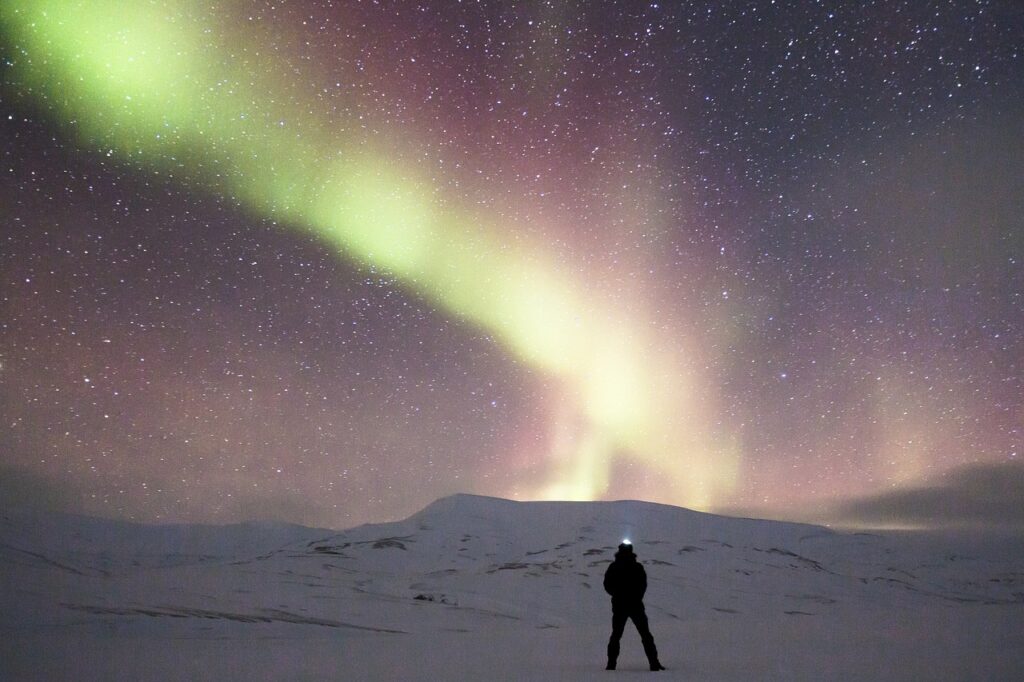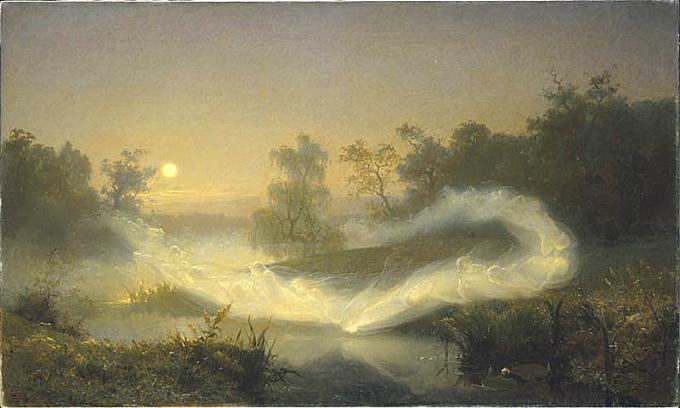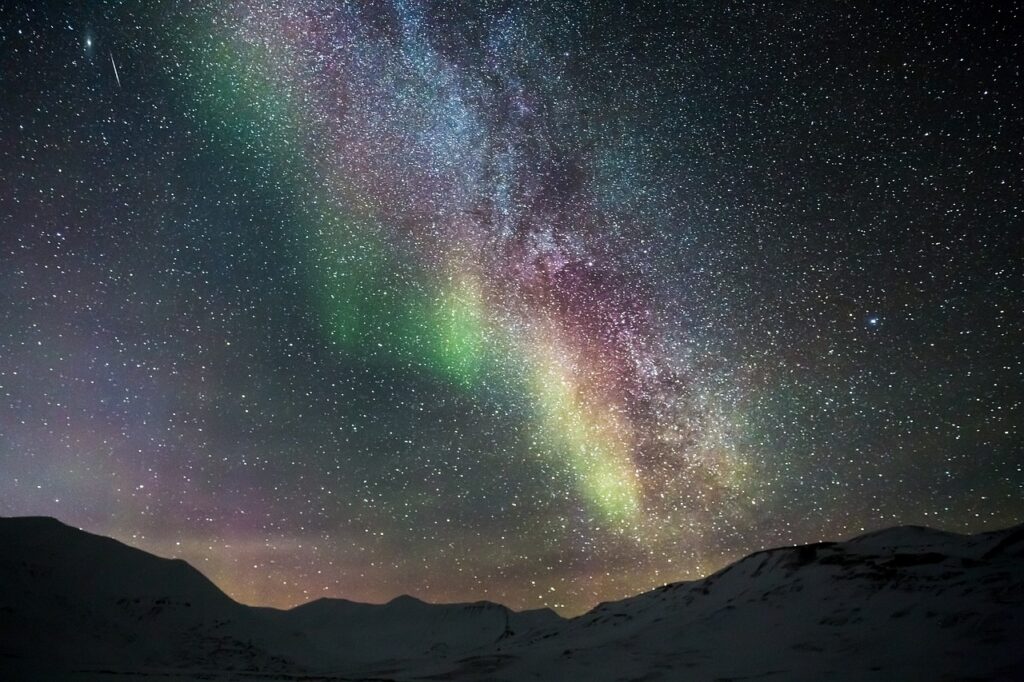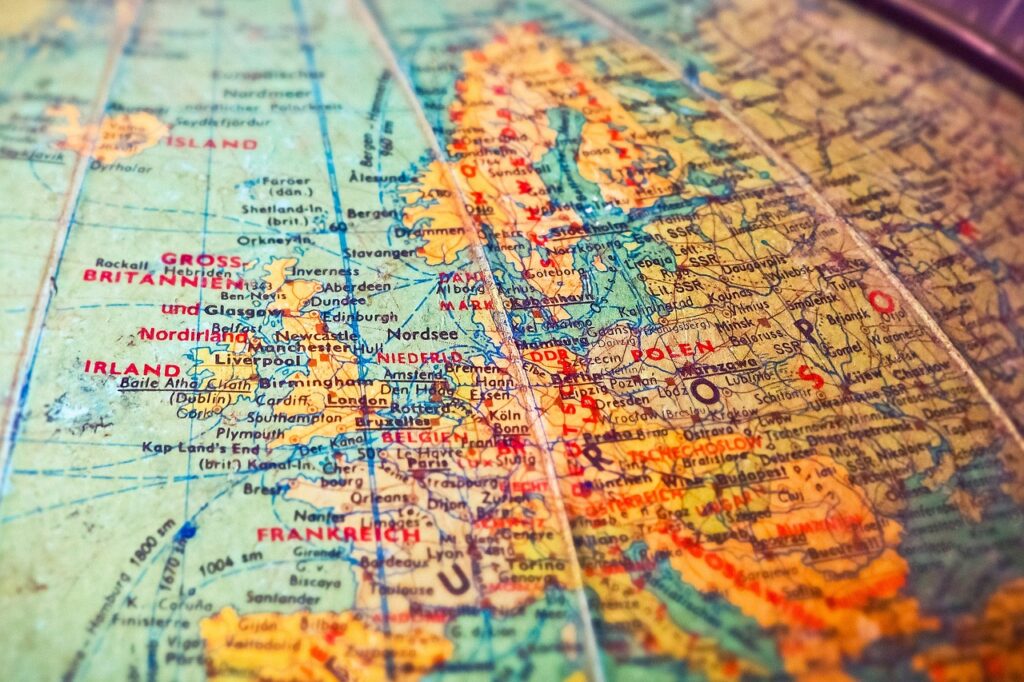Is Icelandic Hard to Learn for English Speakers?
Is Icelandic hard to learn for English speakers? This question often arises as individuals explore the linguistic landscape beyond the more familiar realms of Romance or Germanic languages. Icelandic, a North Germanic language, presents a unique challenge for English speakers Due to its intricate grammar, distinct sound system, and a unique set of linguistic features, Icelandic is substantially different from English. In this article, we will dissect the specific elements that contribute to the perceived difficulty of learning Icelandic. Background on Icelandic The Icelandic language, a North Germanic language, traces its roots to Old Norse and is closely related to Old Icelandic. As a member of the Germanic language family, it shares ancestry with English, though their paths diverged over time. Icelandic holds a unique position as it has preserved many linguistic elements from medieval times, thus making it a fascinating subject for language enthusiasts. Historically and culturally, Icelandic plays a pivotal role in the identity of Icelanders, connecting them to their rich literary heritage. Undeniably, the language is not just a means of communication but a vessel for preserving the nation’s history and traditions. So, is Icelandic hard to learn? Understanding its origins and cultural importance sets the stage for exploring this question. Similarities Between English and Icelandic When pondering the question, “Is Icelandic hard to learn?” it’s essential to acknowledge areas where Icelandic aligns with English. While Icelandic and English may seem distant, they share vocabulary roots due to their common Germanic ancestry. Some basic sentence structures and common expressions also exhibit similarities, providing a foundation for English speakers. Recognizing these parallels can offer a sense of familiarity, acting as stepping stones for learners delving into the intricacies of Icelandic. Is Icelandic hard to learn? Challenges for English Speakers Now, let’s address the challenges that make learning Icelandic an intriguing yet demanding endeavor for English speakers. The complexity lies in the language’s grammar system, featuring cases for nouns and intricate verb conjugations. This departure from the more straightforward English structure necessitates a focused approach to grasp the nuances. Furthermore, Icelandic presents unique sounds and pronunciation, adding an auditory challenge for learners. The distinct phonetic elements may initially feel unfamiliar, but with dedicated practice, they become more accessible. Additionally, the language employs an unusual word order compared to English, demanding a mental adjustment for learners. Is Icelandic Hard to Learn After All? So, is Icelandic hard to learn? Well, it kind of depends on you. Learning any language can be tricky, and it mostly comes down to how much effort you’re willing to put in. Icelandic does have its tough parts. People often talk about how hard it is because of the way words change. You have to memorize a bunch of stuff, like how nouns change, how verbs act, and how adjectives change. Imagine having to remember a table full of rules for each of these! It might seem like a lot, but there are some tricks to make it simpler. Yes, It’s a Challenge, but You Can Conquer It! Lots of people who speak English have learned Icelandic before, and you can too. Yes, it’s a bit tough, but there are languages out there that make Icelandic seem like a breeze. If you really want to give it a shot, don’t let the challenges scare you. So, if you’re curious and ready for a little adventure, go ahead and explore the world of Icelandic. It might be hard, but it’s not the hardest thing you could do!
Is Icelandic Hard to Learn for English Speakers? Read More »









